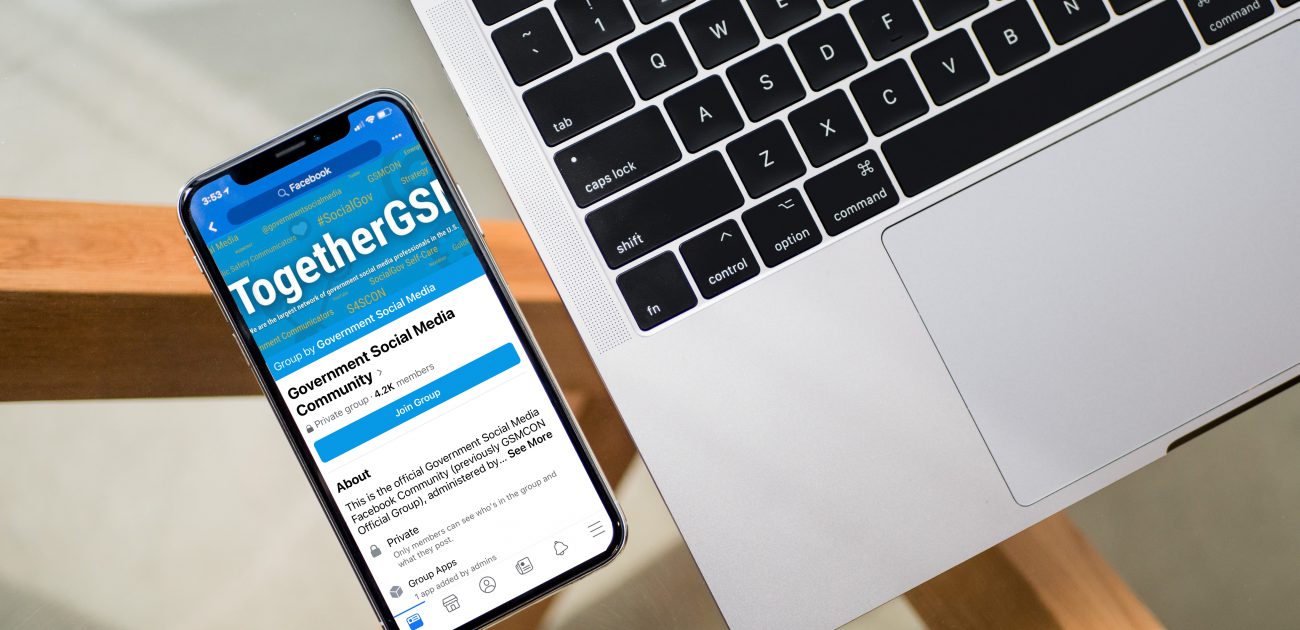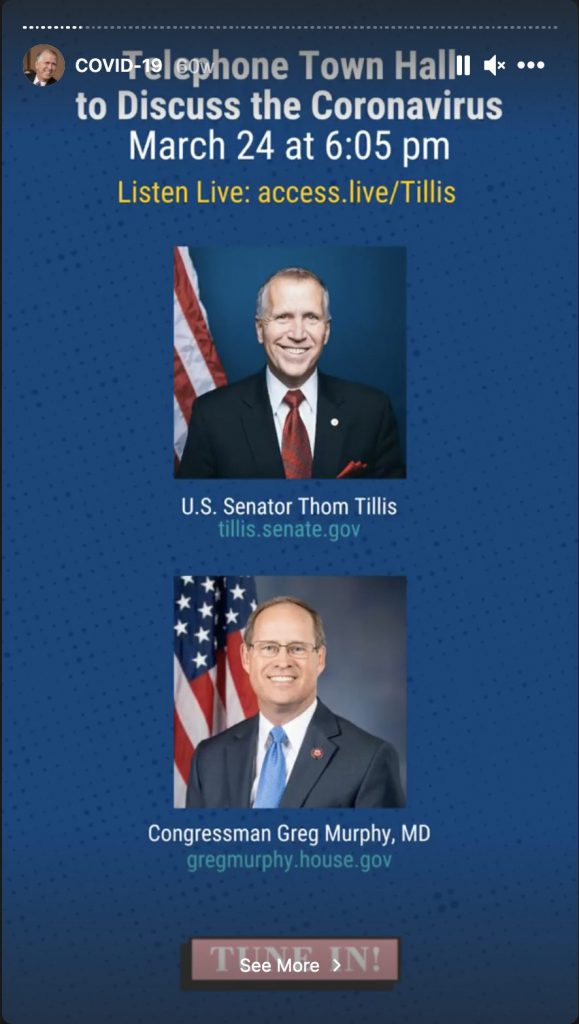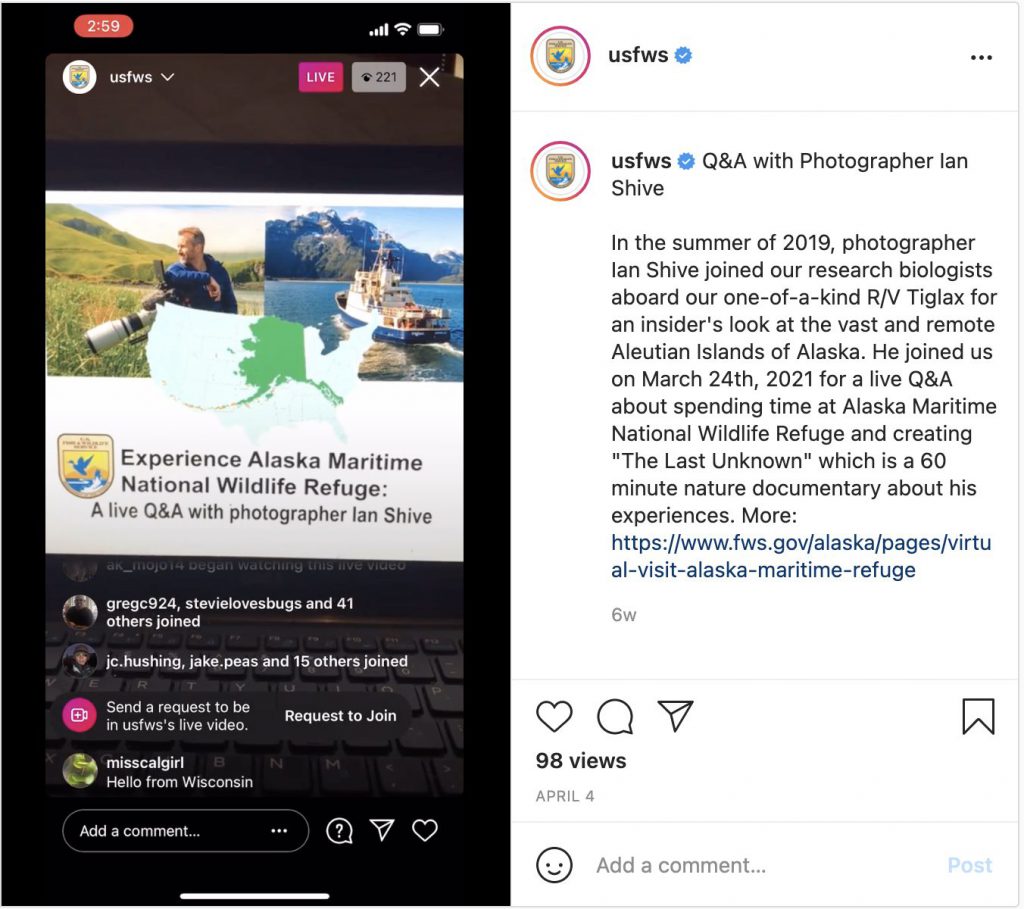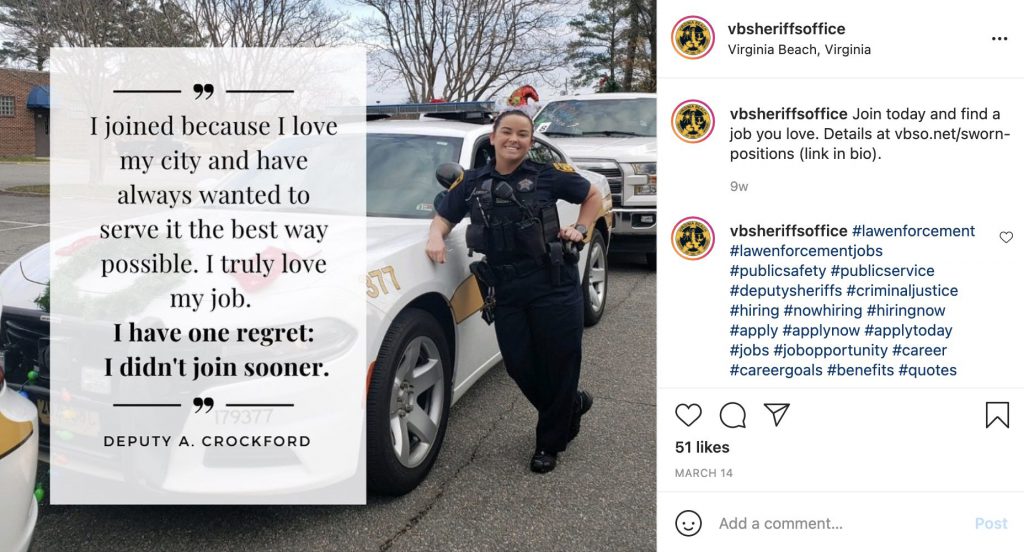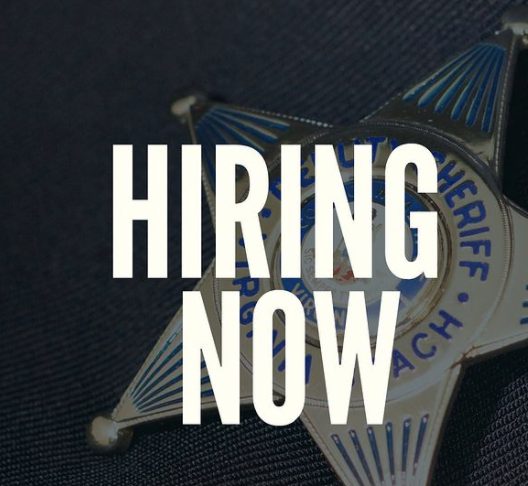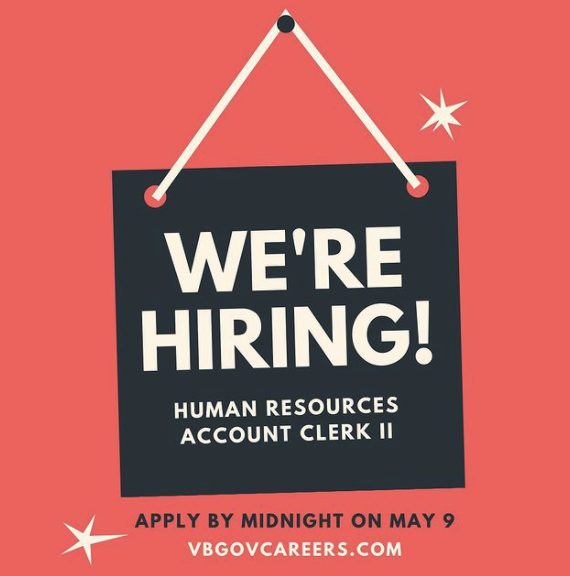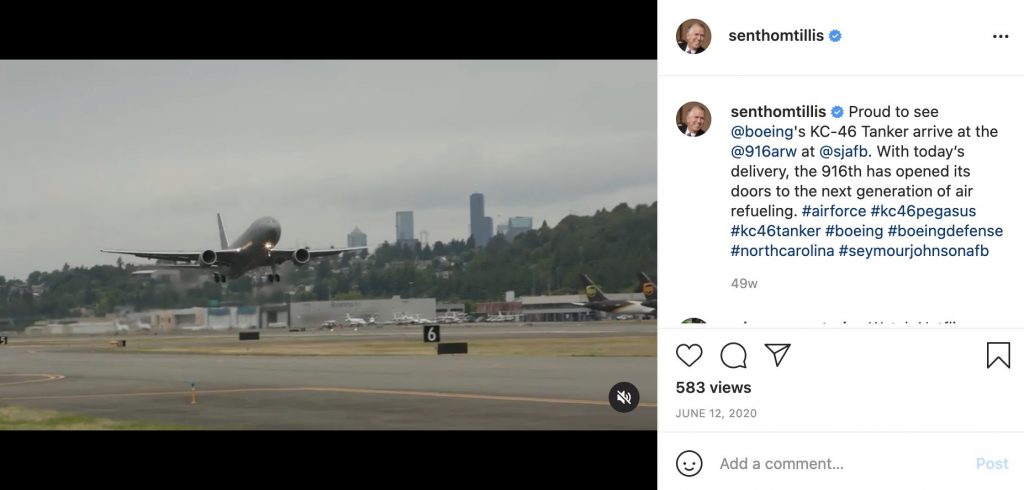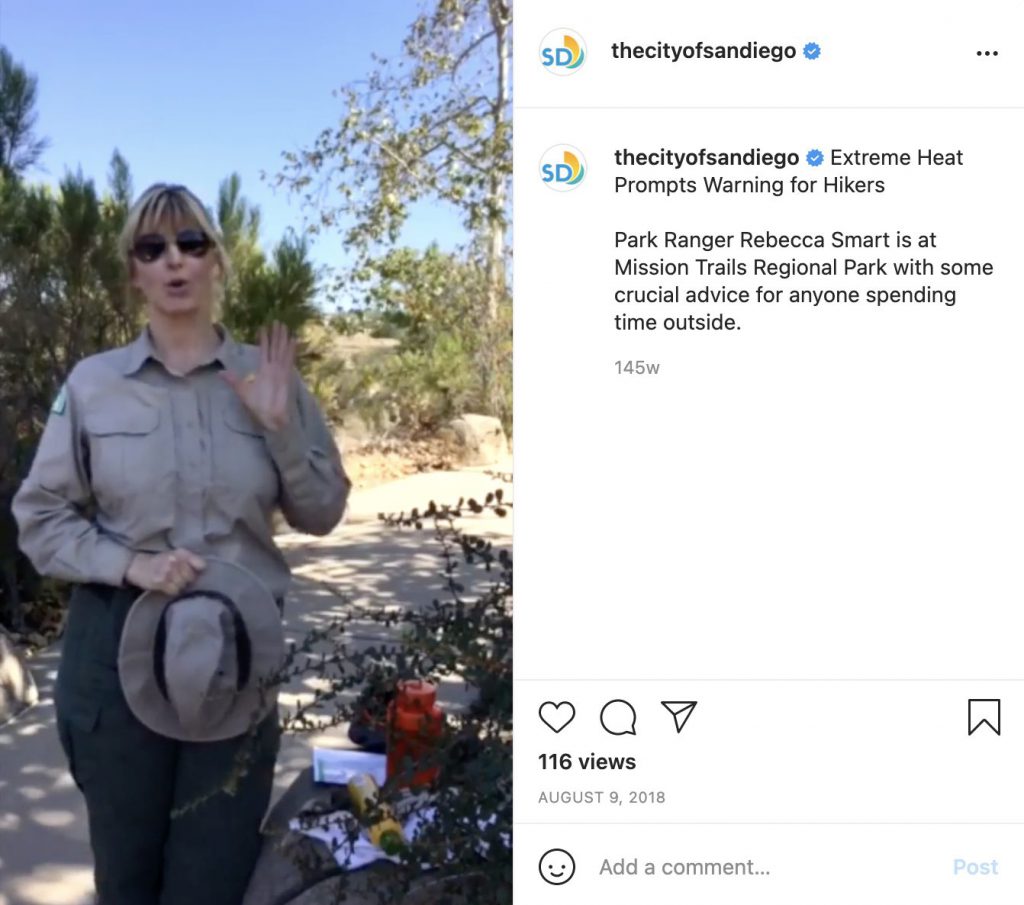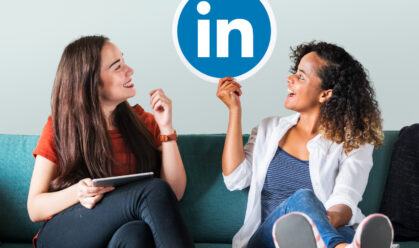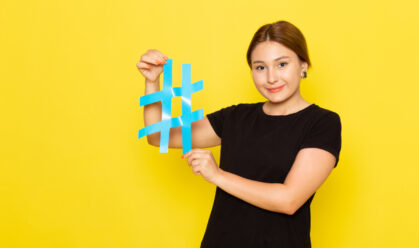Government agencies can leverage social media to share (sometimes critically) important information with their communities. With the plethora of social media channels and content formats available, finding creative ways to get that content out that will engage and inform can be challenging – but it’s also an incredible opportunity to share your agency’s work in unique formats.
If you are looking to expand your government agency’s reach through social media but aren’t sure where to start, the Social Media Strategies Summit for Government featured five government experts on a panel to share their best practices. Led by Emily Allen Lucht, the Director of Communications for the State of Maryland Department of Housing and Community Development, this panel answered some of the most common questions we hear from social media marketers in government.
Watch the panel below or read on for some highlights from the session!
Social media is constantly changing. How have you been able to keep up with those changes and implement them for your government agency?
Panelist Anna Vacchi Hill, Senior Public Information Officer and Social Media Manager at the City of San Diego, developed the city’s first social media policy and has been consistently growing its audience on Instagram. She suggests joining the Government Social Media Group on Facebook. This closed Facebook Group highlights other agencies and shares updates that are relevant to those working in government.
Her other piece of advice is to spend a lot of time on the platform. Following peer agencies can help generate new ideas. For example, although Vacchi Hill’s agency doesn’t deal with tourism, following tourism agencies online provides a great source of inspiration.
Panelist Lexie Rock, the Digital Media Director at the Office of U.S. Senator Thom Tillis, relies heavily on the native platform tools. She uses Facebook and Twitter Insights and free training resources like Facebook Blueprint Courses to stay on top of the trends. With platforms constantly rolling out new features, making it a priority to learn and read about new platform updates means you’re always in the know.
How can you balance staying relevant with social media trends while keeping it professional and aligned with your agency’s brand?
Anna Vacchi Hill suggests experimenting with new features and testing them out – even if you don’t always post them. The example below shows how the City of San Diego tried out Reels highlighting a newly opened park in the city.
Image source: City of San Diego
What are some unique ways you have been able to reach your audience through social media?
During Covid, Lexie Rock and the Office of U.S. Senator Thom Tillis relied on Telephone Town Halls to engage with their audience. While that tactic may seem dated, they realized they could reuse the soundbites from those events across all of their social platforms to reach thousands of people.

Image Source: U.S. Senator Thom Tillis
Beyond posting great content, social media is also a listening tool. How do you use social media to learn what your audience is interested in to inform the type of content you share?
Michael D’Agostino, MPA, the National Social Media Manager at the U.S. Fish and Wildlife Service, highlighted the importance of always listening. People need to know there is someone on the other end who cares about their feedback and questions. For example, when followers ask the U.S. Fish and Wildlife Service which trails are open, they quickly direct them to the resources they need. They have also learned that some topics – such as what to do if you find a baby bird – come up seasonally. Michael adds these seasonal topics to the content calendar to make it easier to plan for anticipated audience questions and conversations.
Michael also frequently asks for follower questions in posts and then hosts live Q&A’s with experts to help educate and inform their audience. The example below is one of those Q&As with Photographer Ian Shive.
Image Source: USFWS Instagram
Monitoring hashtags and agency tags are also essential aspects of social listening. These tactics can help you learn about breaking news and trending topics – sometimes even before they hit the mainstream news channels. It may not always be appropriate to enter the conversation, but knowing about it helps agencies stay knowledgeable about issues most important to their audiences.
For social media managers, it may seem like there is never enough time to create enough content. How can you reuse content in ways that keep it fresh and engaging to your audience?
Panelist Kathy Hieatt, the Public Information Officer at the Virginia Beach Sheriff’s Office, has come up with several creative ways to create and use evergreen content. Kathy uses a calendar to plan content out in advance, often remixing old content with a new spin to keep it relevant. She recommends using throwbacks, capitalizing on holidays, and jumping in on trending topics – as long as it fits your brand. The key with all of this content, she believes, is tailoring it to each platform you are posting on.
Kathy uses Canva to create graphics, a tool that can automatically resize images to fit different platforms. In the example below, the Virginia Beach Sheriff’s Office uses a photo of an officer with a text quote overlay to remind their audience that they are hiring. Sharing why the officer joined is a creative way of highlighting career opportunities – and Kathy didn’t even need a new photo for this post.
Image Source: VB Sheriff’s Office Instagram
Canva is also a helpful tool for customizing stock photos so that they’re agency-branded. Since recruiting and hiring is an ongoing campaign, the Sheriff’s Office shares a series of graphics tailored to this message that keep the feed looking fresh.
Image Source: VB Sheriff’s Office Instagram
Image Source: VB Sheriff’s Office Instagram
In addition, the Sheriff’s Office also uses a few other tactics to increase their engagement:
- Use creative calls to action (such as comment, tag someone who might be interested, or save this post), or hashtags to generate more engagement.
- Use the right hashtags, especially on Instagram. Develop a list of agency-related hashtags and then use a tool such as Hashtag Expert to find new, relevant ones.
- Use the interactive elements (such as polls, questions, and quizzes) in Instagram and Facebook Stories to get people to engage with your content.
- Host giveaways on your agency’s platform where followers need to like or comment to win.
- Engagement is a two-way street. Kathy recommends liking, commenting, and responding to everyone who reaches out on your posts or via direct messages.
Each government agency has a diverse audience of people they’re trying to reach on social media, particularly younger constituents who spend a lot of time on the platforms. What type of content is working well to engage those audiences?
Lexie Rock recommends leveraging very short videos to engage audiences. She’s found this type of video the easiest to hook audiences across all demographics, and it has the added benefit of fitting most social media platforms. You can use the same video on Youtube, Instagram Stories, Facebook Stories, and Reels. In the post below, a short video of a plane taking off captures the audience’s attention so the Senator can get his message across in the caption.
Image Source: US Senator Thom Tillis Instagram
Lexie also believes in curating strong content that already exists. Instead of recreating the wheel, consider resharing great content that’s already out there.
Additionally, strong visuals are critical when it comes to crisis communications. It might be easy to fall back on flat visuals when communicating important updates, but you need to catch their eye if you want to get your audiences’ attention.
It’s also very important to read the room. Adjust your tone to the content you are sharing or the situation your constituents are facing. In the past year especially, a lot of the more lighthearted content Senator Thom Tillis’ office may have typically shared would have appeared tone-deaf.
What other unique tools and features can you use on social media to engage and grow your audience?
- Monitor hashtags to know what conversations are happening.
- Use the Facebook Invite Tool to invite people who have liked or commented on posts to follow your Facebook page.
- Identify your priority platform and give that platform the most attention. For example, the National Wildlife Service is focused on growing their Instagram right now since that’s where they have the most daily active users.
- Look into what other agencies or cities are doing and try to learn from them. The City of San Diego created an ‘Ask an Expert’ Instagram Stories series after seeing other cities creating regular programming on their social media accounts. The IGTV below is a Q&A with a city expert on how hikers should handle extreme heat.
Image Source: City of San Diego Instagram
- Adjust your approach to content creation based on what people are watching or find the most engaging. You may need to make your videos shorter or share more pictures of people to get the most engagement from your content.
- Utilize all of the interactive features available on the platforms, such as the quiz or poll stickers.
- Use LinkTree or Later (or have your IT department create a similar page on your website) so that you can link to more than one place at a time and make resources easy to find.
- Constantly explore new and emerging features to identify if they’re a good fit for your agency.
- Be open to capturing content in the moment, even if it isn’t on your content calendar.
- Embrace the ephemeral nature of Stories. Since it is only there for 24 hours, it gives you a lot more flexibility to have fun and experiment.
- Make your video accessible to everyone with auto-captioning. There are plenty of apps you can download that will help with this.
Social media is a rapidly changing field. Those responsible for social media in government agencies have the added pressure of responding quickly to changing news and circumstances. The best government agency social media strategies are well planned but nimble – responding to the moment and embracing changes within social media platforms and in the world. The key, according to Michael D’Agostino, is to “Stay curious [and] stay connected.”
Looking for more?
Learn more about social media best practices and connect with other government professionals at an upcoming Social Media Strategies Summit.

